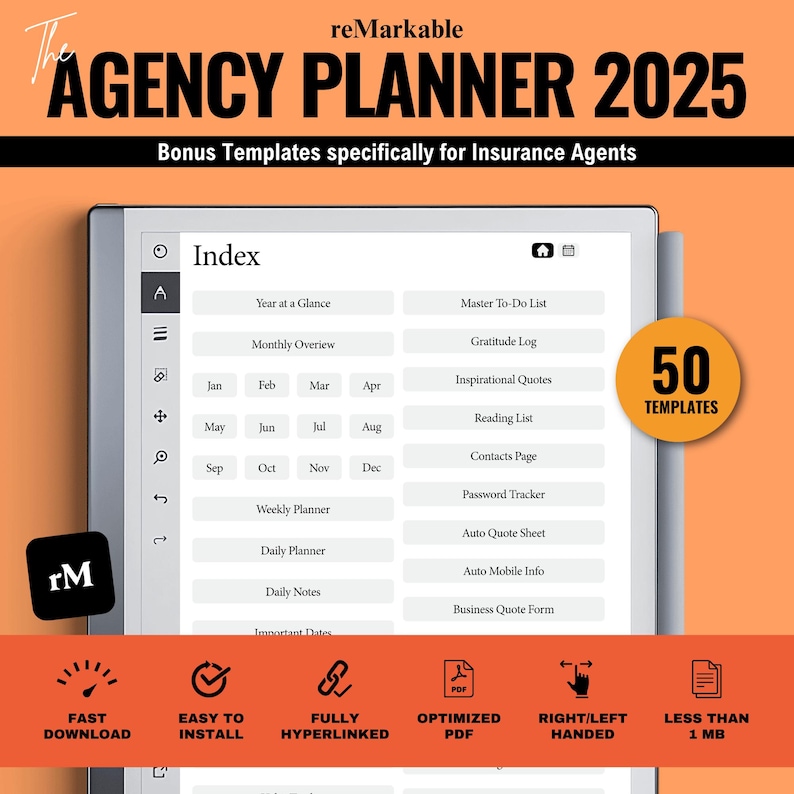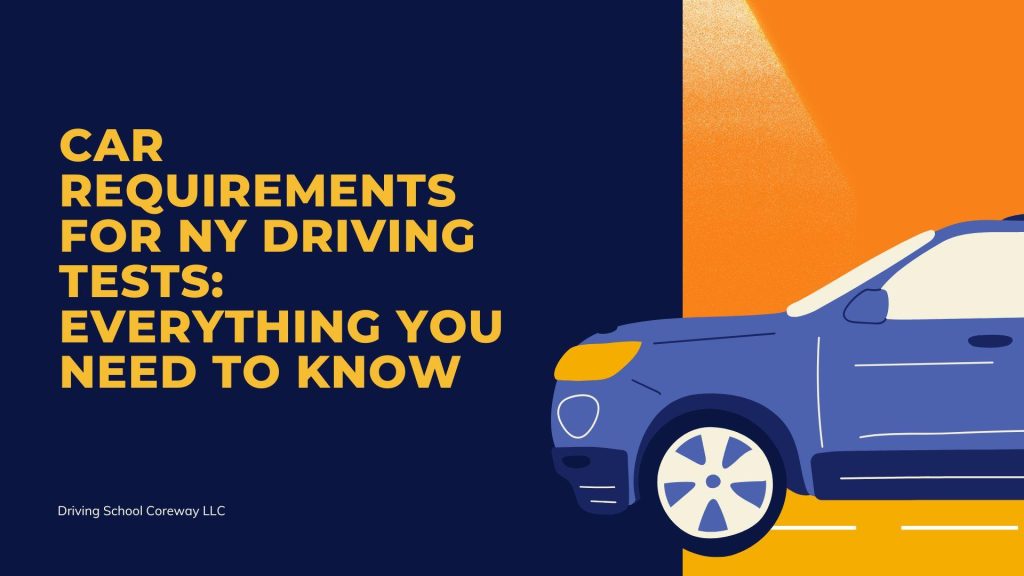Taking a road test can be an exciting yet nerve-wracking experience, and one detail many people overlook is the insurance coverage for the vehicle used during the test. Whether you’re borrowing a car from a friend or using a driving school’s vehicle, understanding how insurance works in this specific situation is crucial. It not only helps protect you from unexpected expenses but also ensures you’re fully prepared on test day. In this article, we’ll gently guide you through the essentials of insurance coverage for road test vehicles, shedding light on what you need to know to feel confident and secure behind the wheel.
Table of Contents
- Choosing the Right Insurance Policy for Your Road Test Vehicle
- Key Factors That Influence Insurance Coverage for Driving Tests
- How to Ensure Adequate Protection Without Overpaying
- Tips for Navigating Claims and Maintaining Your Insurance After a Road Test
- Future Outlook
Choosing the Right Insurance Policy for Your Road Test Vehicle
When selecting an insurance policy for a vehicle intended for a road test, it’s essential to prioritize coverage that safeguards both the driver and the vehicle during this critical phase. Standard personal auto insurance policies may not automatically extend to learner drivers or vehicles used explicitly for driving tests, so reviewing the fine print is crucial. Look for policies that clearly state coverage for “learner drivers” or those conducting official road tests to avoid any unexpected liabilities. Additionally, some insurers offer special add-ons or temporary policies designed specifically for driving test purposes, providing tailored protection without the need for long-term commitments.
Considering the unique nature of road tests, you should pay attention to the following factors when choosing your policy:
- Liability Coverage: Ensure it covers potential damages caused to other vehicles, property, or injuries.
- Collision and Comprehensive: Important if the vehicle is owned by the learner or the driving school to cover any accidental damages.
- Driver Eligibility: The policy should explicitly permit coverage for provisional or learner drivers involved in a test.
- Temporary vs. Long-term: Decide whether a short-term insurance plan suits your needs better than traditional coverage.
Taking these considerations into account helps minimize stress and guarantees that your road test experience is not only smooth but also secured against unforeseeable circumstances.
Key Factors That Influence Insurance Coverage for Driving Tests
When it comes to insuring vehicles used for driving tests, several critical elements come into play that can affect the scope and cost of coverage. Vehicle type and ownership often set the baseline for insurance eligibility — vehicles owned by driving schools usually qualify for specialized policies, whereas privately owned vehicles used temporarily for tests may require add-ons or endorsements. Additionally, the policy must accommodate the unique context of driving tests, which can be seen as higher-risk due to the presence of learner drivers behind the wheel. This risk factor encourages insurers to apply specific conditions or premium adjustments.
Another crucial factor is the driver’s history and supervision arrangements. Insurance providers scrutinize whether the test candidate has a clean driving record or any prior claims, as these details influence risk assessment. Moreover, the presence of a licensed instructor or examiner during the test is often mandatory for coverage to remain valid. Insurers may also consider the vehicle’s usage duration linked to the test, preferring short-term policies or extensions rather than full-term coverages. To summarize, insurers balance the risk, legal requirements, and the nature of the driving test environment when determining the precise coverage terms.
How to Ensure Adequate Protection Without Overpaying
When it comes to insuring road test vehicles, striking a balance between sufficient coverage and reasonable premiums is essential. Start by evaluating your specific needs—consider the frequency of tests, types of vehicles, and potential risks involved. It’s wise to opt for policies that cover essential scenarios such as third-party liability, property damage, and occupant protection, without piling on extensive rider options that might escalate costs unnecessarily. Additionally, inquire about discounts for safe driving records or multiple vehicle coverage to help reduce expenses.
Another practical approach is to compare multiple insurers to identify competitive rates and flexible plans tailored to your unique circumstances. Pay attention to the fine print to avoid surprises, and ensure that the coverage limits align with local legal requirements without exceeding what’s necessary. To maximize value, consider these tips:
- Request quotes from at least three insurance providers
- Review customer feedback and claims processing reputation
- Assess the benefits of bundling insurance services if applicable
- Verify if usage-based or pay-per-test options are available
Tips for Navigating Claims and Maintaining Your Insurance After a Road Test
After completing your road test, it’s crucial to understand how to handle potential claims and keep your insurance active without unnecessary interruptions. First and foremost, immediately report any incidents related to the vehicle used during the test to your insurance provider. Transparency with your insurer ensures claims are processed smoothly and helps avoid denial due to late notification. Additionally, keep detailed records of the road test, including the date, location, and any communications with examiners or the testing center; these details can be invaluable if questions arise about liability.
Maintaining continuous coverage can sometimes be tricky when transitioning from a learner’s permit to a full driver’s license. To safeguard your policy, review your insurance documents and clarify whether your current plan covers vehicles used in road tests or if you need to update it. Consider these essential practices:
- Verify your insurer’s road test policy: Some providers have specific terms about testing vehicles and liability coverage.
- Update your driver status promptly: Once your license is acquired, notify your insurer to adjust premiums and coverage accordingly.
- Maintain a clean driving record: Staying accident-free not only benefits your safety but also keeps your insurance rates more favorable over time.
Future Outlook
Navigating the nuances of insurance coverage for road test vehicles can feel overwhelming, but understanding the basics is essential for peace of mind on the road. Whether you’re a new driver, a parent, or an instructor, having clarity about what’s covered protects everyone involved and helps foster a safer driving experience. Remember, insurance policies can vary widely, so taking the time to review your coverage—and ask questions—can make all the difference when it comes to those pivotal road test moments. Stay informed, stay prepared, and drive confidently knowing you’re covered every step of the way.






